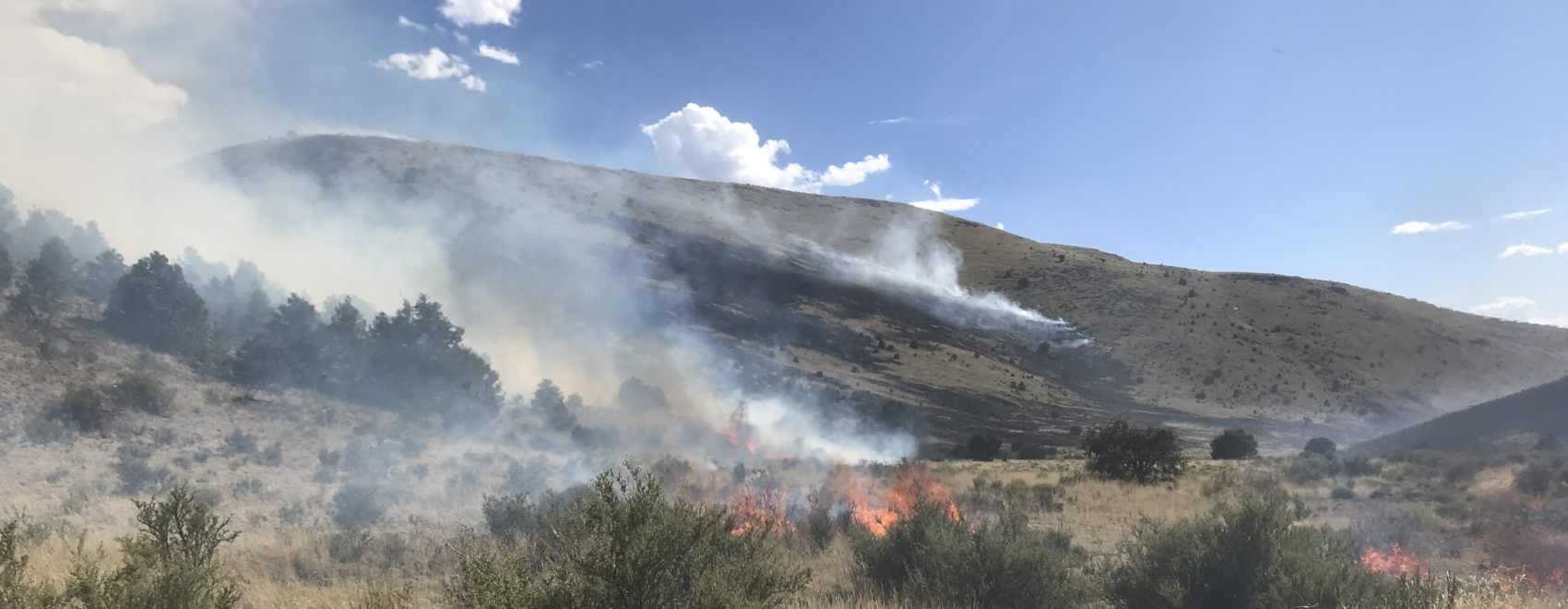Steblein, P.F., Loehman, R.A., Miller, M.P., Holomuzki, J.R., Soileau, S.C., Brooks, M.L., Drane-Maury, M., Hamilton, H.M., Kean, J.W., Keeley, J.E., Mason, R.R., Jr., McKerrow, A., Meldrum, J.R., Molder, E.B., Murphy, S.F., Peterson, B., Plumlee, G.S., Shinneman, D.J., van Mantgem, P.J., and York, A., 2021, U.S. Geological Survey wildland fire science strategic plan, 2021–26: U.S. Geological Survey Circular 1471, 30 p., tps://doi.org/10.3133/cir1471. ISSN: 2330-5703 (online)
Abstract: The U.S. Geological Survey (USGS) Wildland Fire Science Strategic Plan defines critical, core fire science capabilities for understanding fire-related and fire-responsive earth system processes and patterns, and informing management decision making. Developed by USGS fire scientists and executive leadership, and informed by conversations with external stakeholders, the Strategic Plan is aligned with the needs of the fire science stakeholder community–fire, land, natural resource, and emergency managers from Federal, State, Tribal, and community organizations, as well as members of the scientific community. The Strategic Plan is composed of four integrated priorities, each with associated goals and specific strategies for accomplishing the goals: Priority 1: Produce state-of-the-art, actionable fire science; Priority 2: Engage stakeholders in science production and science delivery; Priority 3: Effectively communicate USGS fire science capacity, products, and information to a broad audience; and Priority 4: Enhance USGS organizational structure and advance support for fire science. The priorities of this Strategic Plan define the USGS’s commitment to producing and delivering cutting edge fire science, information, and decision-support tools in support of national, regional, and local priorities and stakeholder needs.
Thumbnail Photo Credit: Tyler Gilbert, The Ember Alliance; Lueras Mountain Prescribed Fire Operations, 2019. Near Magdalena, New Mexico. The Ember Alliance acknowledges this image was potentially taken on culturally significant land to the Chiricahua Apache, Mescalero Apache, and Pueblos peoples.

